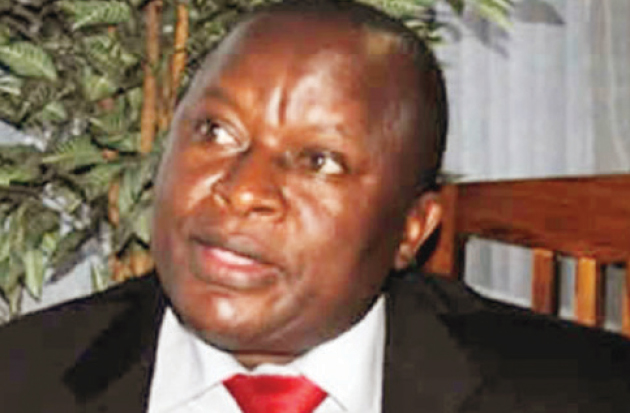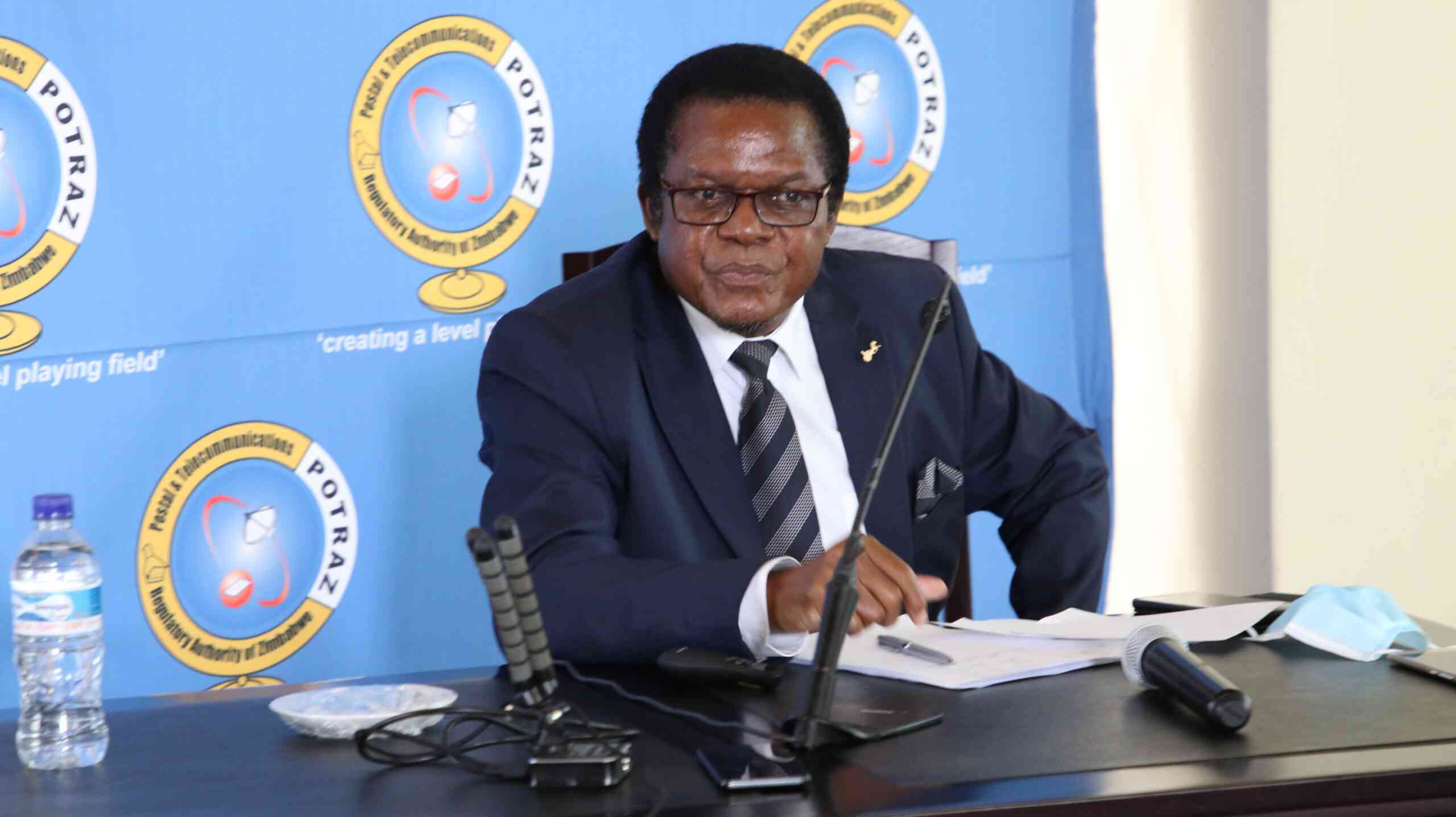Zim to add 3.500MW power in next six years

Business Reporter
THE Zimbabwe Power Company (ZPC) says the country will be able to generate an additional 3,500MW of electricity in the next six years through the building of new power plants at a cost of about $5 billion.
The move, aimed at ending chronic power cuts – blamed for stifling domestic industrial production and investment – would see the country producing more than 5,000MW, which would be enough for local consumption with the surplus being sold to the power starved region.
“We’re looking at around $5 billion for the various projects and you’re looking at more than 3,500MW (of electricity),” Noah Gwariro, the ZPC managing director told the Reuters news agency.
“That’s over a period of five to six years,” he said referring to the time it would take to build the plants.
Zimbabwe produces about 1,400MW on average compared to about 2,200MW peak demand.
Local industries are forced to use costly diesel generators to keep operations running and the electricity shortages have been blamed for keeping away potential investors.
Existing plants, most of which were built in the 1950s, are not operating at full throttle due to incessant equipment breakdowns and maintenance.
The government has already lined up a number of new power projects with the 300MW Kariba South expansion project underway.
Work on the $533 million Kariba project began late last year and is expected to be complete in 2018.
The government has also engaged a Chinese firm, Sino Hydro, for the expansion of the Hwange Thermal units 7 and 8 by 600MW.
The $1,5 billion project is set for commencement in the next few months.
Efforts are also underway to construct the more than 2,400MW Batoka Gorge Hydro power plant, to be funded jointly by Zimbabwe and Zambia.
The feasibility study for the project is expected to be complete mid this year.
China Africa Sunlight Energy, another Chinese firm which got coal concessions in the Gwayi area of Lupane, has plans to construct another 600MW plant.
Gwariro said ZPC was also evaluating two bids to generate a total of 420MW using gas and solar, whose results would be announced by the end of May and June respectively.
Presently Zimbabwe draws its electricity from Hwange Thermal, Kariba Hydro and three small thermal stations in Munyati, Bulawayo and Harare.
Adequate power and water supplies are critical towards vibrant industrial development.
Power shortages are not unique to Zimbabwe as neighbouring countries such as South Africa are also feeling the heat, heightening calls for harmonised regional efforts to boost power production.










Comments